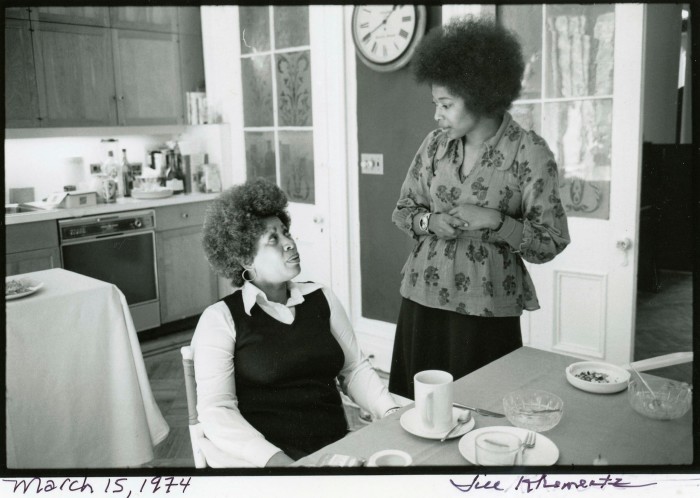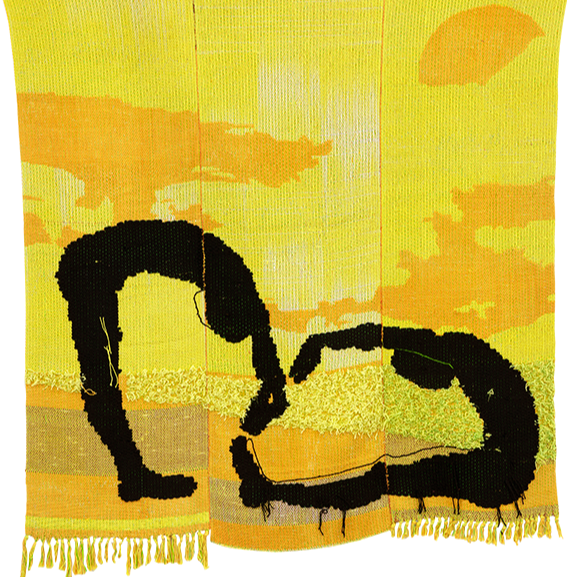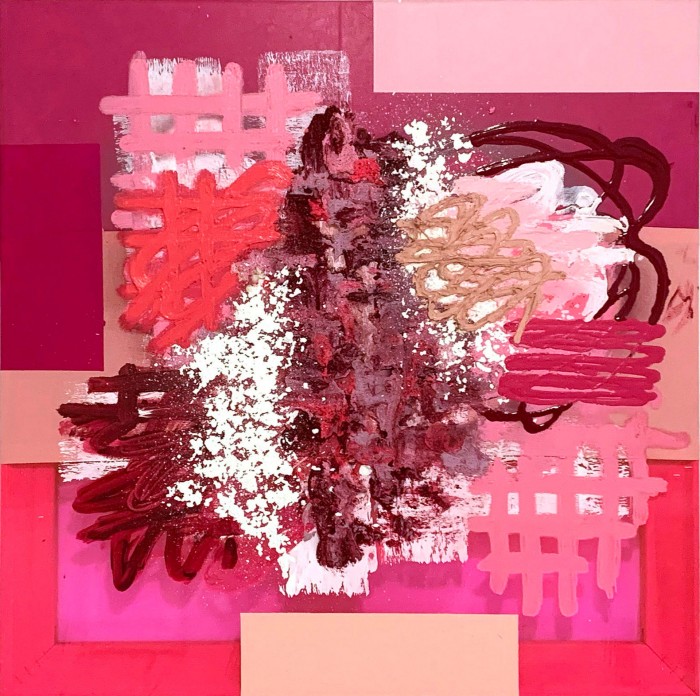Taking care over conversation


Simply sign up to the Life & Arts myFT Digest -- delivered directly to your inbox.
A couple of weeks ago, I met a growing acquaintance for tea. We’d first met over a virtual appointment in spring and had such an enriching conversation that ever since we had been trying to reconnect. When we finally sat down in front of one another, there was a palpable excitement about the conversation we were about to have.
A small charge of energy emanated from both of us. We both had this exuberant sense of not knowing where to begin and “who should go first”. One of the things I’ve appreciated about being able to go out again beyond my front door is the opportunity to actually sit with people and exchange a volley of thoughts, feelings and ideas.
I’m thoughtful about the time I give to meeting socially with people one-on-one. I don’t do it casually. I approach it this way because I want to do whatever is within my own power to encourage meaningful encounters, and that requires energy and consideration. Without much thought, some of us enter conversations more inclined to hear ourselves. And some of us intentionally enter conversations not wanting to be disclosing of ourselves. Neither disposition is favourable to being present. To be in conversation is to be in dialogue.
The Los Angeles-based textile artist Diedrick Brackens weaves vibrant figurative scenes of black men and natural settings. Among many things, his work provokes challenging reflections about identity and communication. As I’ve been parsing out elements of the art of conversation, Brackens’ piece “Summer Syllables” came to mind. It offers a thoughtful visual on the aspects of good conversations that I think can most open us up to being transformed.

Two men stretch their bodies towards one another, creating an enclosed space almost in the shape of a heart. It is like forming a sanctuary between them, and yet they remain necessarily separated as individuals. The postures are symbolic of how we cultivate safe space, and how we allow ourselves to be reshaped by the words of others.
We say so much through body language. How we lean in or sit back or straighten up, or stretch our eyes open wide, or purse our lips, these are all parts of conversations. Looking at Brackens’ threaded figures, I can acknowledge that sometimes conversations leave us “bent out of shape”, not necessarily because they are bad but because we have been stretched in new or challenging ways.
Developmental psychology teaches about the concept of mirroring, behaviour we begin in infancy to imitate the gestures, facial expressions, and demeanour of others. It’s part of how we learn emotional and social skills; mirroring can lead to empathy, to feel what someone else feels. It happens when we’re physically together. But not all conversations are created equal. One of the most beautiful slants of perspective I get from this piece is how the figures almost look like they are in mutual deference to one another. There is a way that good conversation permits room for a mutual respect and honouring of another human being.
I left my encounter feeling full and well fed. Yet I was also already hungrily anticipating whenever next we’d find time to connect. A good conversation reminds me how much I love and need that nourishment.
One of my all-time favourite images is a black and white picture of Pulitzer Prize-winning authors Toni Morrison and Alice Walker taken in 1974 by the photographer Jill Krementz. In the photo, Morrison — who also won a Nobel Prize in Literature — is seated at a table in Krementz’s and husband Kurt Vonnegut’s kitchen. She looks up attentively at Walker, who stands to her side, hands clasped at her waist, addressing Morrison in conversation. Their afros are round and beautiful, framing their faces like the circular nimbus drawn around the heads of saints in religious paintings.
I understand why this photograph has become iconic. It depicts two brilliant and creative women in the midst of their rapidly rising careers. It is natural to be enthralled with curiosity at all the possible things these great women might be sharing in casual conversation.
Our intrigue might also be fed by a celebration of this friendship between two women rising in the same historical period, whose work and lives were reflections of their shared commitment to racial justice, sexual liberation, and equality for women and all people. Don’t we all at some point hunger to be part of conversations in which mutually strong, curious, active minds are feeding off one another’s ideas? And yet I imagine those types of conversations happen because the people who have them are willing to show up to themselves, to each other and to the world with vulnerability and a willingness to listen and share.
Several hours after my conversation, I sat down at home, staring out of my living room window. I took a few notes in my journal of thoughts I wanted to return to in the coming weeks, as with a captivating piece of art that you feel compelled to keep returning to. The next morning I heard a ping on my phone. She had sent me a message about some of the things we’d been discussing. The conversation had been continuing in her mind too. This may sound to be of no particular fanfare but it spoke to the integrity of a conversation being honoured by both parties.

I love the work of the 30-year-old American abstract painter Patrick Alston, who has a show that opened in London this week at Gallery 1957. Born and raised in the South Bronx, he specialises in bold, vibrant and textured pieces that explore the relationship between language and visuals, and colour and identity. He has described his way of painting as a “call and response” with the various elements of colour, texture, form and gestural painting.
In his 2021 piece, “Fruits of the Spirit”, he paints loose brush strokes and dabs against colour blocks of clashing reds, pinks, mauves and magentas. Some of the strokes make parts of the canvas resemble layered weaving patterns, while other parts look as if a child has let their unfettered imagination loose. Out of this mix of playfulness and seeming chaos with structured forms and lines, something new is created, a new striking cohesion where one might have thought it could not exist.
It helps me remember that good conversation can and often includes differences of opinion. It’s how we communicate those differences that often affects the outcome. There is room on the canvas of our lives for engaging with what might initially seem incompatible with our own experience or beliefs. Differences of opinion or even ideologies do not have to lead to verbal (or physical) violence, as so often lately seems to be the case in public conversations that happen on and off digital platforms around certain issues.
I can’t ignore the title of the painting, recognising that any good fruit — real, spiritual or metaphorical — is born only through intentional cultivation. To glean the fruit of good conversations can call for the added labour of revisiting them and looking again and again to see what new connections might be made and how things might fit together, giving us more expansive perspectives than we currently have.
Enuma Okoro is a New York-based columnist for FT Life & Arts. Email Enuma at enuma.okoro@ft.com
Follow @ftweekend on Twitter to find out about our latest stories first
Comments